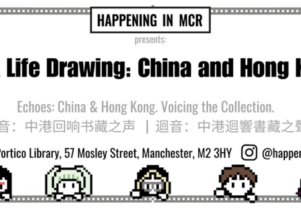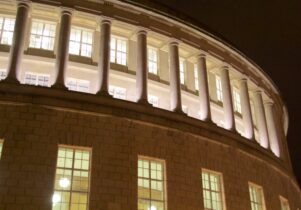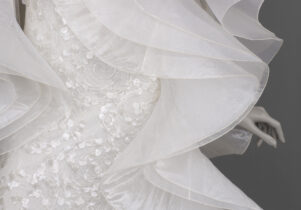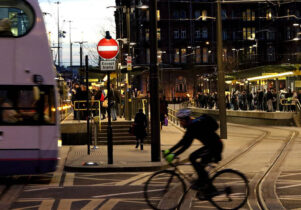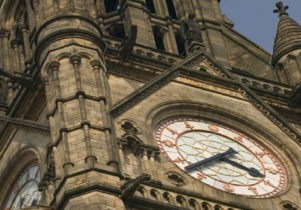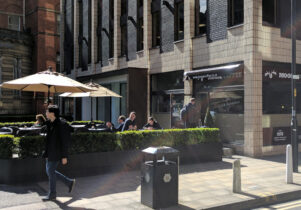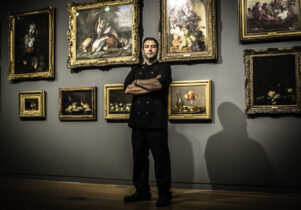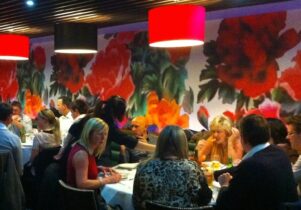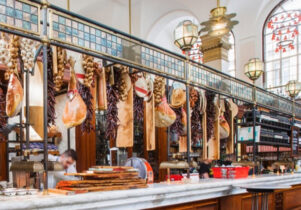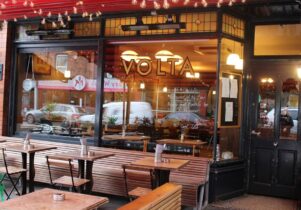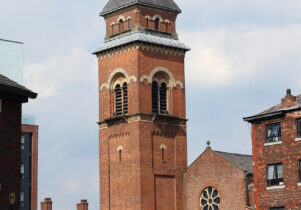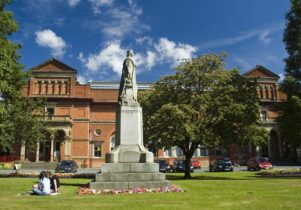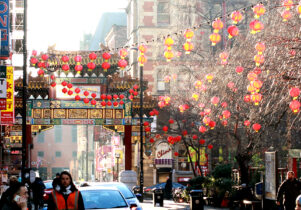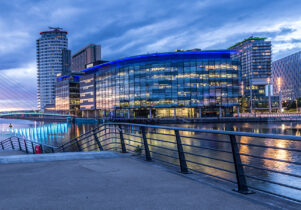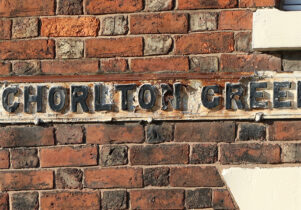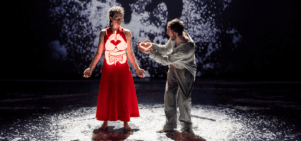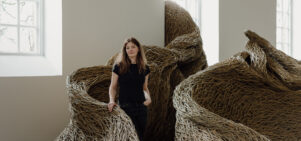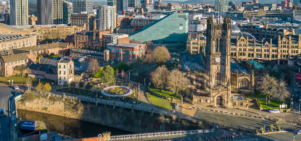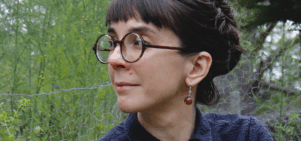The Portico Library
Creative Tourist
With its discreet side entrance, tucked away down Mosely Street, leading onto an initially unpromising set of winding stairs, the well-hidden Portico Library is one of Manchester city centre’s finest gems.
It first opened in 1806 as a members library and newsroom – a place where gentlemen (and women, after the 1870 Married Women’s Property Act, and including the industrial novelist, Elizabeth Gaskell) could gather to digest the shipped-in news from London. Over two centuries later, it is one of Manchester’s longest running organisations and oldest buildings still fulfilling its original function. A lot has changed in that time, however.
Whilst still retaining much of its original character, any hint of musty Victorianism has been thoroughly dispelled. Today, the Library is a cultural hub, with a busy year-round line-up of free exhibitions, performances, public readings, events, talks, workshops and activities – very much open to all. Its programming centres around learning, creativity and diversity; spotlighting artists, writers and researchers from all areas of society and engaging with a wide range of subjects.
The Portico was aspirational, to say the least, founded during Manchester’s emergence as ‘the first modern city’. The Greek Revival building was designed by the celebrated architect Thomas Harrison, and the huge Ionic columns that flank its original entrance were more than a passing nod to the intellectual achievements of ancient Greece. Its collection of around 25,000 books on Voyages and Travels, History, Biography, Polite literature (including some impolite literature, too) reflect the mindset of the Georgian and Victorian members who set it up – people like John Dalton (who pioneered atomic theory), Mark Roget (of Thesaurus fame) and the opium eater and essayist, Thomas de Quincey.
It is also important to acknowledge, however, that the Library was built with wealth derived from the Industrial Revolution, British empire-building, and colonial expansion. As well as representing the cultural advancements and scientific innovations of the day, its collection also points to the exclusions, inequities and injustices of the time. This uncomfortable past is frequently acknowledged in The Portico’s public programming, which seeks to explore and confront the city’s complex histories and its place within them.
This is a perfect place to while away an afternoon, exploring what’s on, taking in the beautiful Regency-period architecture, learning about the building’s history, and enjoying a spot of tea and cake in the great domed gallery.

